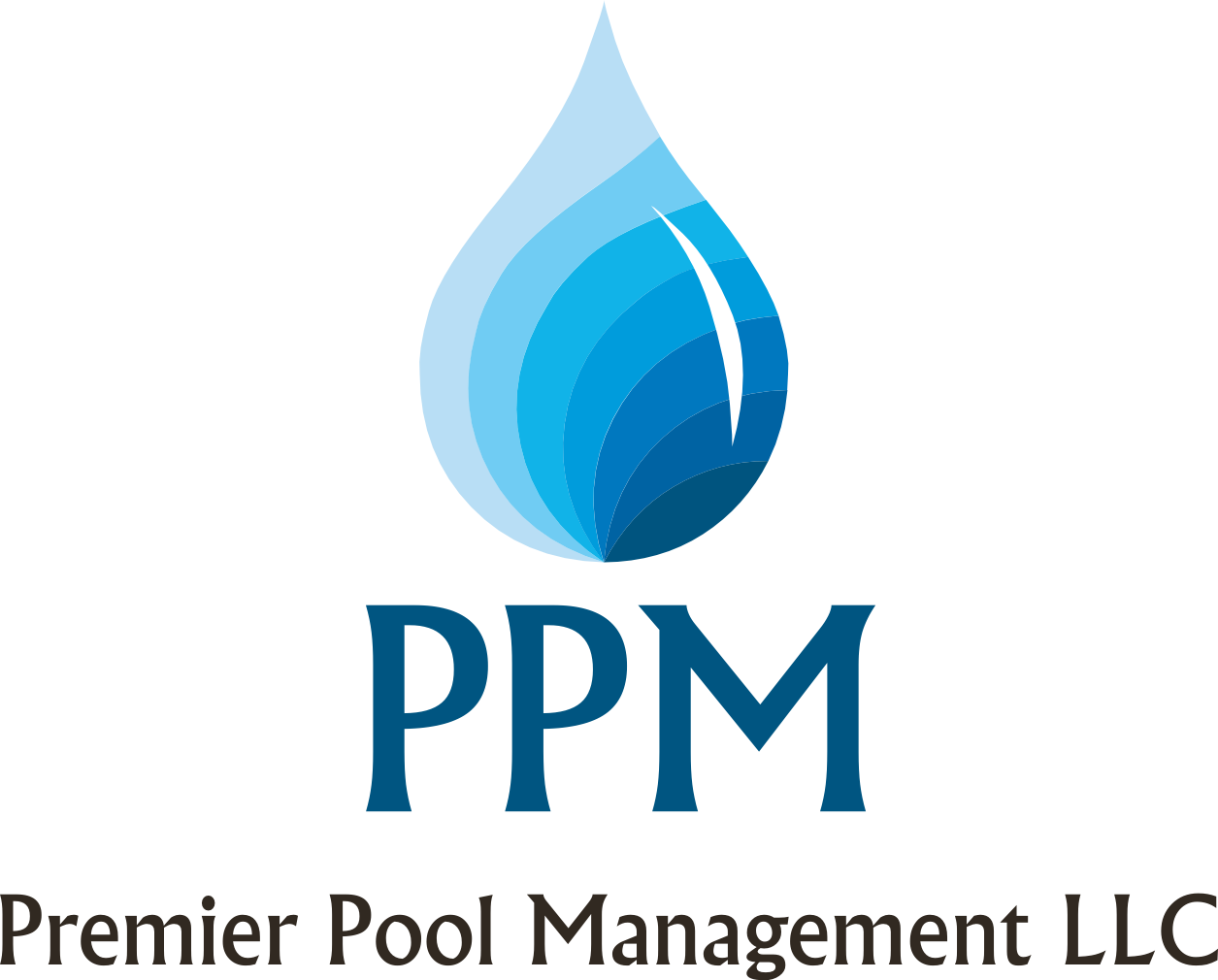This picture shows several anodes from a medium pressure UV disinfection system installed on a swimming pool return line. The anodes are in various conditions from brand new (top - #1) to completely disintegrated (bottom - #6) to illustrate how the sacrificial metal gets destroyed over time. Ideally operators are checking and replacing anodes before you get to #4,5,6 above. If we pulled an anode and it looked like #3, we'd change it out instead of return it. #2 is debatable maybe - it would depending on how big of a job it was to get the anode removed.
More On Sacrificial Anodes:
Any time you have two different metals that are physically or electrically connected and immersed in water, they become somewhat of a battery. Some amount of current flows between the two metals. The electrons that make up that current are supplied by one of the metals giving up bits of itself — in the form of metal ions — to the water. This is called galvanic corrosion and, left unchecked, it quickly destroys underwater metals.
The most common casualty of galvanic corrosion we see in pools is around wet niche lighting, ladder handles, aluminum diving board stands, pump-room pool equipment, etc. But bronze impellers on steel shafts, heating elements, copper, SS UV chambers could also be at risk. In addition to bonding/grounding, one way to counteract galvanic corrosion is to add a third metal into the circuit, one that is quicker than the other two to give up its electrons. This piece of metal is called a sacrificial anode, and depending on the application, is often zinc or magnesium. In an aluminum underwater floor that we service frequently, there are 4 large magnesium anodes that are bolted to the frame of the floor. We also service UV disinfection systems that often have small anodes threaded into the SS chambers.
We cannot overstate the importance of checking and replacing these anodes when needed. When an anode is missing or largely wasted away, the metal component it was installed to protect will be the next type of metal to be destroyed.
There is an unfortunate misconception that a sacrificial anode can be mounted anywhere. Not correct. For a sacrificial anode to provide any protection, it must be in electrical contact with the metal being protected. The conductivity of the water alone is not adequate. We need low-resistance, metal-to-metal contact — either by mounting the anode directly to the metal being protected with a nut and bolt or by connecting the two with a low resistance wire. An anode simply hanging in a pit can only provide protection if it is connected by a wire to the metal being protected.
Where the anode is mounted directly to the protected metal, it is essential to make sure the surface under the connection is bare and bright before the anode is installed. This is to ensure good electrical contact. Sacrificial anodes cannot perform their function unless they are exposed. Putting paint on an anode protects it, rendering it useless. Never coat anodes with paint, or anything else.

